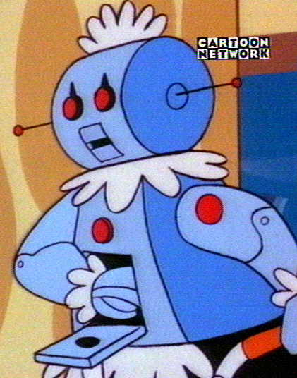I've been watching slowly getting excited about the futurist idea of 'diy manufacture', or 'personal fabrication on demand', 'atom based manufacture' and 'micro factories'. What I'm thinking of is that in some futurist utopia (think Jetsons), if a consumer wants an item they just download a design, adjust it if they wish to personalise it or modify it to their taste, then put it into a 1mx1m box that will then manufacture it.
While in the early days designs will be restricted to available materials, in the future surely with nanotech and dna and stuff the opportunities are limitless? Think of the impact that will have on the global order of supply and demand. Supply will become limitless so there potentially would be no 'unmet demand' for material products. Instead, in the utopia, people may begin to value more highly non-materials such as experiences, ethics and values. Utopia indeed.
These articles allude to it:
Kurzweil says:
A lot of pioneering work was done in this area by Eric Drexler in the 1980s and 1990s. His work included designs for many of the essential nanotech building blocks – including machines which can pick and place single atoms as part of the building process (picture a device which looks like a crane with a single arm which can ‘pick up’ a single atom using a chemical process).
Since then various nano-scale devices have been built in the lab, including a molecular sized motor created out of fifty eight atoms by Ben Feringa at the University of Groningen in the Netherlands.
As I mentioned in the first post of this series the key feature size of technology is shrinking at an exponential rate. At the current rate of approximately a factor of four per linear dimension per decade the feature sizes for most electronic and many mechanical technologies will be in the nanotech range (under one hundred nanometers) by the 2020s. The picture above shows a nano-robot at work in the bloodstream – something Kurzweil believes we will see in 10-20 years from now.
+
how a new manufacturing technology will change the world
+
“How cool would it be if, in the near future, we all had machines that would manufacture any products we need? Already, there are inklings of that possibility”
+
In the Next Industrial Revolution, Atoms Are the New Bits, and volunteer community design
+
personal fabrication on demand
+
open source hardware
=






No comments:
Post a Comment